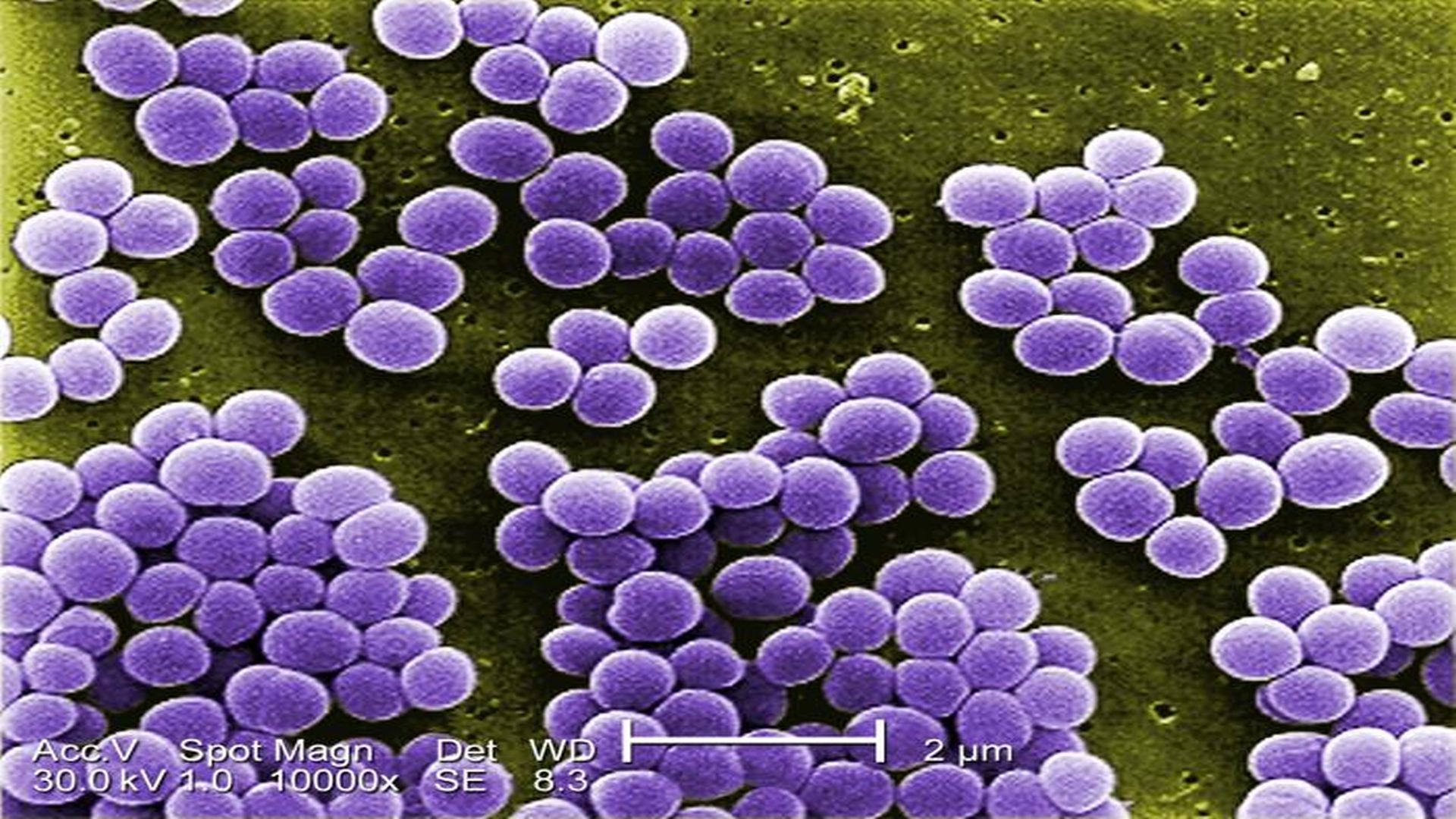Increasing Susceptibility of Staphylococcus aureus in the U.S.
Findings from a study that looked at susceptibility trends of Staphylococcus aureus in U.S. hospital patients showed that key antibiotics used to treat the bacteria became more active over the course of the study, a rare occurrence. Researchers at JMI Laboratories evaluated susceptibility trends of antibiotics from 2009 to 2015 by testing clinical isolates from medical centers across the U.S. The research is presented on June 4th at the ASM Microbe conference in New Orleans.


Staphylococcus aureus. Courtesy of the CDC
Findings from a study that looked at susceptibility trends of Staphylococcus aureus in U.S. hospital patients showed that key antibiotics used to treat the bacteria became more active over the course of the study, a rare occurrence. Researchers at JMI Laboratories evaluated susceptibility trends of antibiotics from 2009 to 2015 by testing clinical isolates from medical centers across the U.S. The research is presented on June 4th at the ASM Microbe conference in New Orleans.
"Results showed that S. aureus' rates of resistance to certain antibiotics decreased over time, which isn't often seen," said presenting author Helio S. Sader, MD, PhD, senior director of microbiology and surveillance at JMI Laboratories. The rates of S. aureus being resistant to oxacillin (MRSA) decreased from 47.2 percent in 2009 to 43.6 percent in 2015, and more recent data from this program showed a further decrease to 42.2 percent in 2016.
Resistance to other antibiotics, such as levofloxacin, clindamycin, and erythromycin, also showed some decrease during the same period, whereas susceptibility to ceftaroline, trimethoprim-sulfanethoxazole, and tetracycline remained stable. Furthermore, ceftaroline remained very active against methicillin-resistant S. aureus (MRSA) (97.2 percent susceptible) and methicillin-susceptible S. aureus (100.0 percent susceptible) with no marked variations or trends during the study period. One important result is that S. aureus resistance to daptomycin, linezolid, vancomycin, and tigecycline remained extremely rare with no sign of increasing.
Researchers tested a total of 19,036 clinical isolates from 42 U.S. medical centers to determine how susceptible S. aureus would be to antibiotic agents. JMI used broth microdilution methods, the gold-standard method, to test susceptibility. Medical center staff participating in the AWARE program followed a common study protocol to send collected bacterial isolates to JMI Laboratories to test how susceptible the isolates were to specific antibiotics.
During the late 1990s, people in the U.S. started to become infected with MRSA outside hospitals, in community settings, and this community-acquired MRSA (CA-MRSA) spread rapidly. CA-MRSA greatly changed how clinicians treated some community-acquired infections, especially skin and soft tissue infections and respiratory tract infections in children. Community-acquired MRSA was susceptible to trimethoprim-sulfamethoxazole, clindamycin, and tetracycline, and the bacteria was less susceptible to erythromycin and fluoroquinolones; however, CA-MRSA clones evolved and became more resistant to other antibiotic agents.
"The prevalence of the main S. aureus clone causing community-acquired and healthcare-associated infections in many parts of the U.S. seems to be decreasing in some areas," said Sader, "A prevalence decrease may change the antimicrobial resistance profiles of S. aureus, emphasizing the importance of monitoring this organism through large resistance surveillance programs."
This investigation was performed by JMI Laboratories (North Liberty, Iowa). The data used in this investigation was generated as part of the Assessing Worldwide Antimicrobial Resistance and Evaluation (AWARE) Program, which is sponsored by Allergan.
Source: American Society for Microbiology
Robust infectious disease surveillance, including rapid subtyping of influenza A, is essential for early detection, containment, and public health reporting of novel viral threats.